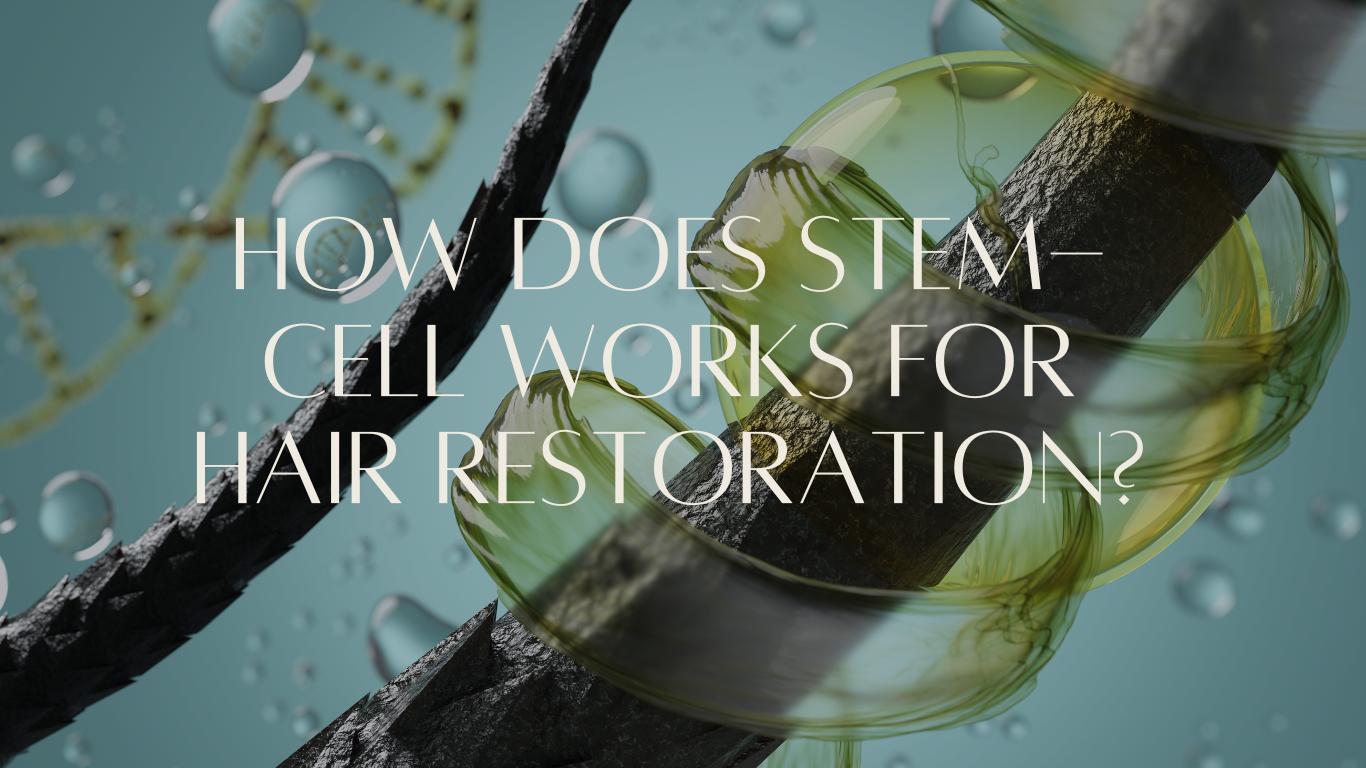Hair Restoration
Stem cell therapy for hair restoration works by leveraging the regenerative properties of stem cells to stimulate hair growth and repair damaged follicles. Stem cells are undifferentiated cells that have the ability to develop into different types of cells in the body, including those responsible for hair growth. In hair restoration, stem cells are typically harvested from the patient’s own body, often from fat tissue or bone marrow, and then processed and injected into the scalp in areas experiencing hair thinning or loss.
Once injected, these stem cells interact with the existing hair follicles, promoting regeneration and the formation of new hair follicles. They release growth factors that help repair damaged tissue, improve blood circulation in the scalp, and enhance the overall health of hair follicles. This stimulation can result in the reactivation of dormant follicles, thickening of existing hair, and the promotion of new hair growth. Unlike traditional hair transplant methods, which involve the surgical relocation of hair follicles, stem cell therapy is minimally invasive and focuses on boosting the body’s natural ability to grow hair.
Stem cell therapy is particularly appealing because it offers a more natural and less invasive alternative to other hair restoration treatments. While results can vary depending on individual factors like the extent of hair loss and the patient’s overall health, stem cell therapy is seen as a promising solution for both men and women experiencing early-stage hair thinning or hair loss. Since the therapy uses the patient’s own cells, there is also a reduced risk of rejection or allergic reaction.
However, it is still considered an experimental treatment in many regions, and further research is ongoing to optimize its effectiveness.


0 Comment